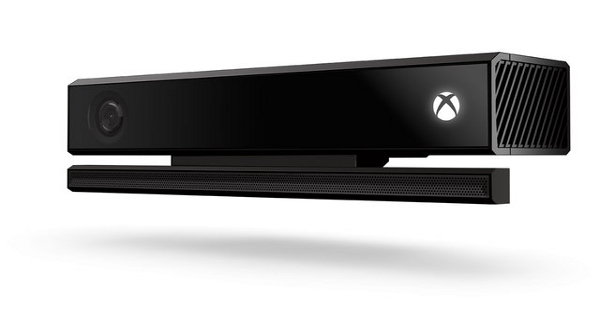Shinji Mikami's coming up with
The Evil Within. A
new Resident Evil's coming out. Both are classified as survival horror. ... Well, I'm a little skeptical about Resident Evil, considering their recent track record.
Anyway, let's get back on track. I had a little talk on the web with someone recently (let's call him Person A for referencing's sake), and to my amazement, he has a "new" definition for the survival genre.
Ready? Here we go... *cough*
Most games are in the survival genre. *WHAAAAAAAAAAA*
Alright, here's the thing. He stresses that most games have the survival element in it, and I can't refute that. Action-adventures, RPGs, FPS'es.... EVERYTHING. The point of the game is to achieve something without dying.
Makes sense, doesn't it?
NOPE, NOT TO ME. And here's my two cents on why.
In deciding a genre, the main components of the game decide where it belongs. If the core of your game is about shooting, it's a shooter. If the core is about action, it's an action game. Though there may be overlapping elements with games from different genres, this does not change its core element.
Take for example Metal Gear Solid. It... :
- is played from a third-person POV, with first-person view available
- uses guns and some form of physical combat
- requires the player to not die and accomplish objectives
- has some form of action elements in it
By the logic of Person A, the game belongs in the 3rd person fighter, FPS, survival-action game, because there are elements of those genres in it, but the game is classified as a stealth-action game. Why?
Metal Gear Solid centres around you stealthily sneaking around enemies and avoiding detection. The game was MADE with the idea in mind that the players will utilise stealth and action sequences to be sneaky. The other elements in it, such as survival, close-quarter combat and shooting are all secondary elements of the game. Yes, the elements exist but they do not make up the core of the game.
Using that train of thought, survival games' core would be about surviving then, right? What is surviving to you? Take that, and make it the core of the game.
Survival to me means enduring hardships and barely making it out alive. The earlier
Resident Evils had players put in a situation where ammo is limited, and there are tonnes of enemies out there to kill you.
PlagueOfGripes' video makes this point, where ammo restriction forces the players to make decisions on whether to have a short-term benefit or a long-term benefit. The game wants you to feel the pain of surviving, the harshness of the elements that are against you.
Sure, pitting me against a mob numbering in the thousands while I am in possession of a ton of weapons and ammo is still challenging and my survival is challenged, but that probably doesn't happen often enough for the game to be listed in the survival genre. And, if anything, that game is testing my shooting abilities above all else.
I think game developers are mostly not stupid. Surely, they create games and label them in a genre for VERY good reasons. Why would they label, say, a game like Mortal Kombat under the survival genre? Yes, Person A's logic would dictate that it is a game about surviving, and taking his stance, you are saving the world on a global scale too. It totally fits the survival genre then! But the creators of the game intended Mortal Kombat to be ABOUT fighting. It is a fighting game. A. Fighting. Game. Damnit.
Don't get me wrong, I see his logic but I think Person A fails to see the bigger picture here. Games are placed under certain genres because it is intended to appeal in that market. Secondary, minor elements of the games are still there, but these things are not what make the game super appealing, although it may be interesting.
Alright. Rant. Done.
Xelthius, out.









